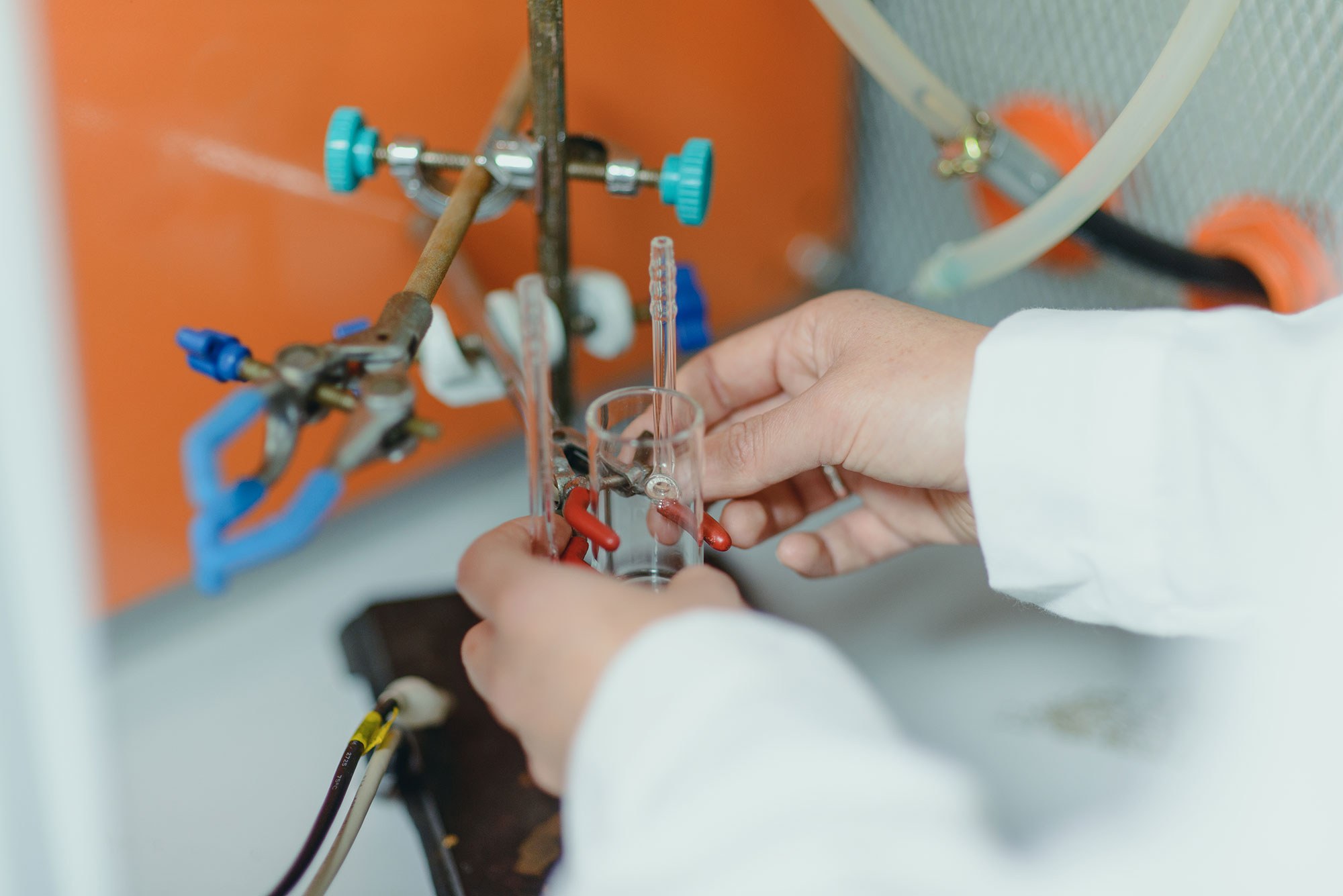Carreño, G., Pereira, A., Ávila-Salas, F., Marican, A., Andrade, F., Roca-Melendres, M. M., Valdés, O., Vijayakumar, S., Scwartz Jr, S., Abasolo, I., Rafael, D. & Durán-Lara, E. F. (2021). Development of “on-demand” thermo-responsive hydrogels for anti-cancer drugs sustained release: Rational design, in silico prediction and in vitro validation in colon cancer models. Materials Science and Engineering: C, 131, 112483. https://doi.org/10.1016/j.msec.2021.112483
Abstract: A rational design accurate based on the use of Statistical Design of the Experiments (DoE) and Molecular Dynamics Simulations Studies allows the prediction and the understanding of thermo-responsive hydrogels prepared regarding their gelation temperature and anti-cancer drug release rate. N-isopropylacrilamide (NIPAM) modified with specific co-monomers and crosslinkers, can be used to prepare “on-demand” thermo-responsive hydrogels with the ideal properties for clinical applications in which local sustained release of drugs is crucial. Two preferential formulations resulting from the predictive studies of DoE and In Silico methods were synthesized by radical polymerization, fully characterized, and loaded with the anticancer drug Doxorubicin (Dox). The hydrogel formulations were characterized by swelling rate, turbidity, FTIR, 1H NMR, SEM, gelation time, rheology, and biocompatibility assays. Both formulations demonstrated adequate morphologic, rheological, and biocompatibility properties; however, important differences in terms of drug retention were detected. As demonstrated by a Dox cumulative release study and posteriorly confirmed by an efficacy assay in an in vitro colorectal cancer model, the formulation composed by NIPAM and 4-penten-1-ol crosslinked with poly(ethylene glycol) diacrylate (PEGDA) (PNiPenPH) present a slow release over the time, presenting ideal properties to become and ideal depot system for the local sustained release of anticancer drugs as adjuvant therapy or in the case of non-resectable tumors.
Fabián Ávila
fabian.avila@umayor.cl


